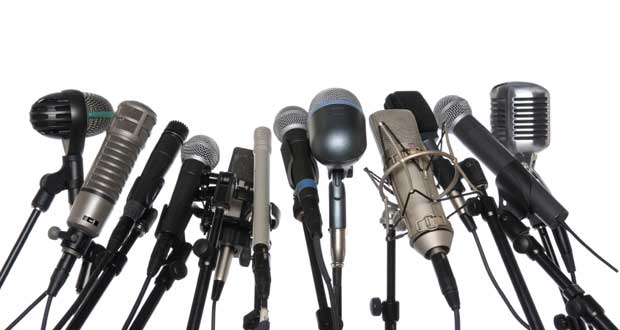Hold on to your seats. Digital advertising is going to change again, as another consequence of the consumer shift to mobile… I’ve just begun to watch the videos from the recent Notifications Summit held last month at BetaWorks in New York, and I can already see what this will mean for forward-thinking publishers.
Notifications are the things you get on your smartphone that can be useful, distracting, and finally annoying. Usually apps default to setting certain notifications to “on;” to get rid of them a user must make a change, similar to ad blocking, in a settings section three screens down from the home screen. New smartphone owners take a while to learn how to turn noisy notifications off, but eventually they make decisions about which to leave on and off. There is just too much clutter coming to the home screen, and consumers don’t want to see it.
The conveners of this summit postulated that we are changing from an app environment (the phone owner downloads the app and must open it to interact with the publisher) to a notifications environment where information will be pushed to the consumer without her going to an app. Certain notifications require a user to open the app to read the rest of the content, but others do not. Some sites, like Nuzzel, are designed to be pretty self-contained. Eventually, most apps will not require users to open them to receive information.
The move to notifications has been hastened by the uptake of wearables; there isn’t much more than a notification that can fit comfortably on a watch face. So we see notification streams all day long, much as we used to see Facebook and Twitter streams.
But most important, the move to notifications empowers the consumer even more than mobile did, and even more than ad blocking does.
We can foresee a day when the consumer could really be in charge of all the information that comes to her by learning to use notifications and learning how to filter out the distractions and the noise and receive only the most important information.
Part of this will entail a shift in advertising to permission-based advertising: asking the consumer whether she wants to see an ad — which would be asking her if she wants to receive information — for a particular brand at the current time. The consumer will have the choice: yes, I’m in the supermarket and I want to see the weekly specials; or no, I’m driving and I only want to receive breaking news that’s relevant to my family. She would no longer be forced to page through or scroll through irrelevant ads to reach what she needs.
Smart publishers have already begun the shift to native ads, in which content creators are paired with brands. We expect this to continue in the future. All publishers should prepare for a day when the consumer is in full control of what she sees.









